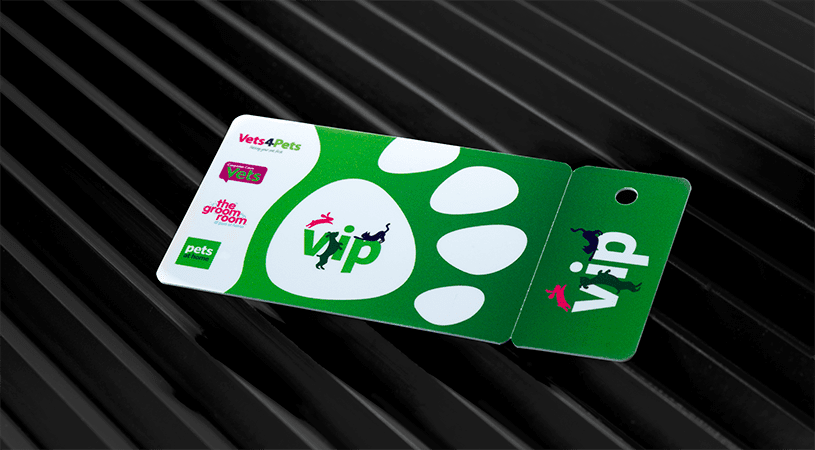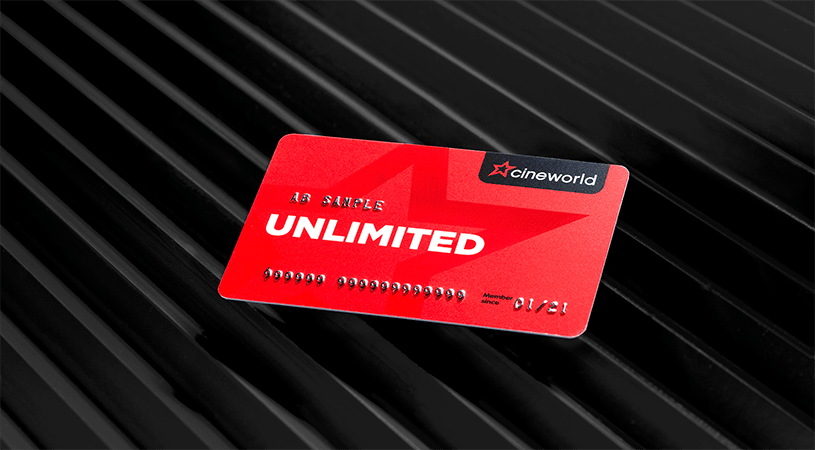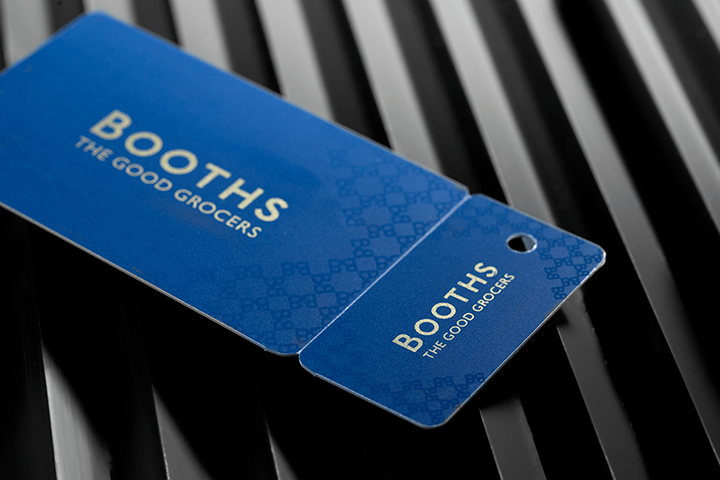Barcoding your plastic cards is a great way of storing useful information, such as personal details, company records and even purchase history. Using barcodes on plastic cards can help benefit both customers and businesses, as it provides customers with such benefits as fast and accurate automated work processes, while it can help businesses save valuable time and money. There are a number of situations which a barcode can be used as part of a plastic card, with some common examples including:
- Library cards
- Membership cards
- Student cards
- Employee identification cards
- Loyalty cards.
Having a barcode as part of your plastic card can benefit everyone involved, as it is a fast, reliable and overall inexpensive means of storing valuable data. In addition to this, having a barcode can also help you differentiate between certain people as they will be given their own unique code – so in the case of membership card holders, you can keep track of their transactions.
What is a barcode?
A barcode is a simple means of storing information. It basically consists of a group of printed patterned bars and spaces, as well as numeric and sometimes alpha numeric data which is designed to be scanned and read into computer memory as identification for the object it labels. An infinite amount of data can be stored within your plastic card as the barcode is linked with a computer database which records all of the information which is being used.
What are the benefits of barcoding?
In terms of businesses, the main benefit of having a barcode with your plastic card is that it can help you to store valuable information about your employees and customers. Everyday plastic card uses such as membership cards can be used to store customer shopping information and identify certain trends within the market. It can also give you a better understanding of your customers and even prompt you as to when their membership is due for expiry, with all of the information being stored and recorded on your system.




